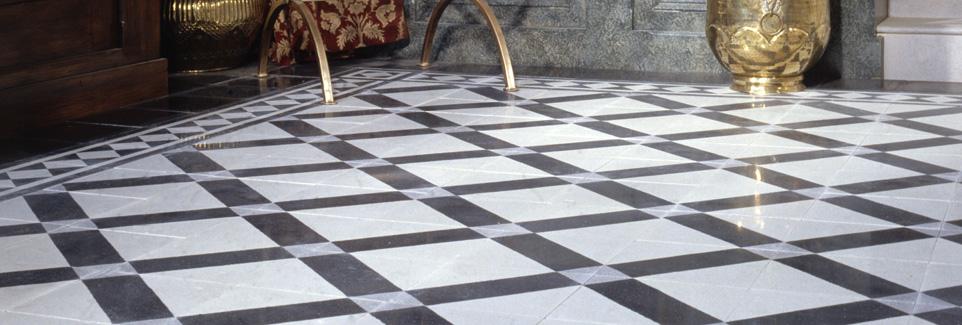












It is made up of a lattice of silica (SiO2) tetrahedra. Quartz has a hardness of 7 on the Mohs scale and a density of 2.65 g/cm³.
Varieties
Pure quartz is colorless or white, colored varieties include rose quartz, amethyst, smoky quartz and others.
Quartz goes by an array of different names. The most important distinction between types of quartz is that of macrocrystalline (individual crystals visible to the unaided eye) and the microcrystalline or cryptocrystalline varieties (aggregates of crystals visible only under high magnification). Chalcedony is a generic term for cryptocrystalline quartz. The cryptocrystalline varieties are either translucent or mostly opaque, while the transparent varieties tend to be macrocrystalline.
Although many of the varietal names historically arose from the color of the mineral, current scientific naming schemes refer primarily to the microstructure of the mineral. Color is a secondary identifier for the cryptocrystalline minerals, although it is a primary identifier for the macrocrystalline varieties. This does not always hold true.
Not all varieties of quartz are naturally occurring. Prasiolite, an olive colored material, is produced by heat treatment; natural prasiolite has also been observed in Lower Silesia in Poland. Although citrine occurs naturally, the majority is the result of heat-treated amethyst. Carnelian is widely heat-treated to deepen its color.
Because natural quartz is so often twinned, much quartz used in industry is synthesized. Large, flawless and untwinned crystals are produced in an autoclave via the hydrothermal process: emeralds are also synthesized in this fashion.
Quartz occurs in hydrothermal veins and pegmatites. Well-formed crystals may reach several meters in length and weigh hundreds of kilograms. These veins may bear precious metals such as gold or silver, and form the quartz ores sought in mining. Erosion of pegmatites may reveal expansive pockets of crystals, known as "cathedrals."
Quartz is a common constituent of granite, sandstone, limestone, and many other igneous, sedimentary, and metamorphic rocks.
By Appointment
PARIS CERAMICS
South Park Studios - Suite 10
88 Peterborough Road, London SW6 3HH
United Kingdom